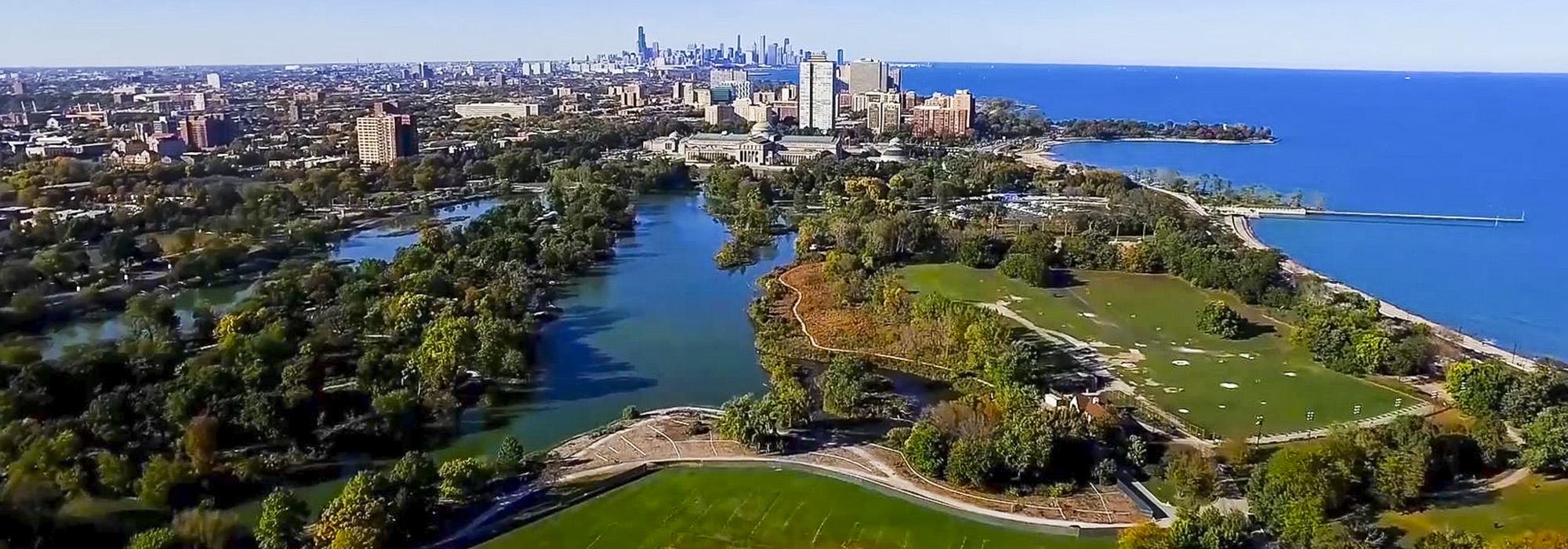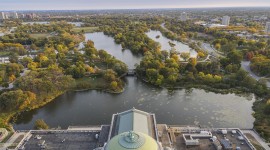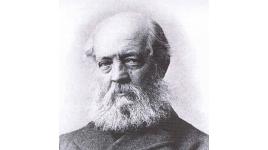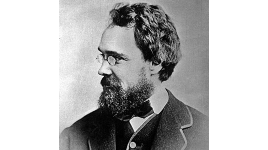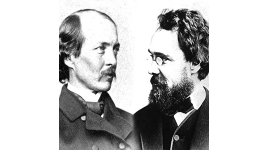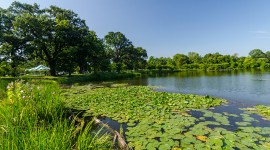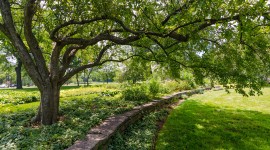Trees and Trust Felled in Chicago’s Jackson Park
Controversy continues to surround the Obama Presidential Center (OPC), which the Obama Foundation and its supporters plan to see built on 19.3 acres of Chicago’s Jackson Park, a site originally designed by Olmsted and Vaux and one listed in the National Register of Historic Places. Some unusual developments have occurred even as federal-level reviews (to which TCLF is a consulting party) are still taking place.
On August 6 the Chicago Sun-Times reported that numerous trees (40 according to WTTW) had been cut down for an OPC-related building project, a new track-and-field facility immediately south of the proposed OPC campus (the new facility would replace a similar one, currently on the proposed OPC campus, that would be demolished). Importantly, in a January 2018 meeting with the Editorial Board of the Chicago Sun-Times, Obama Foundation president David Simas said, “there will be no trees removed or cut down” until the appropriate approvals and permits had been obtained. Has the Obama Foundation broken its promise about not cutting down trees? The foundation now says it was only talking about trees on the proposed OPC campus site, a parsing of meaning that has raised concerns and doubts about other promises made by the foundation to the community.
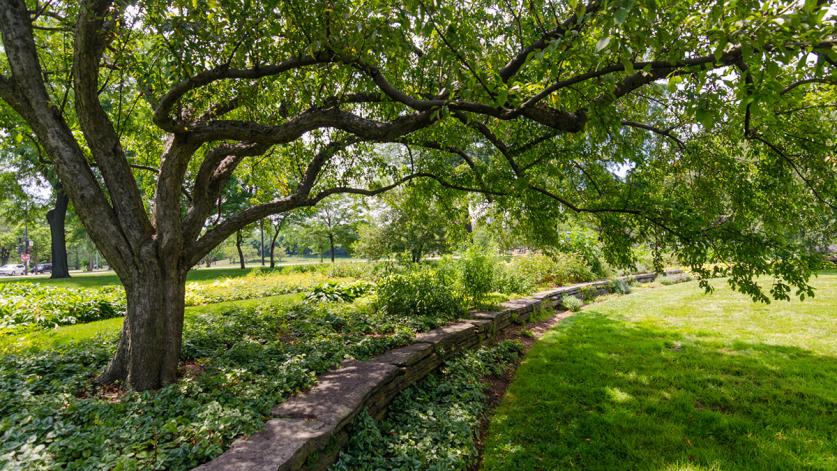
The timing of the tree felling is all the more questionable in light of a July 27, 2018, Chicago Tribune report that the groundbreaking for the OPC would be delayed until at least 2019. Why chop down trees if there’s no urgency? In response, the group Protect Our Parks filed a motion to lift the stay on its lawsuit, filed in May this year against the Chicago Park District and the City of Chicago, asking a federal judge to temporarily block construction related to the OPC in Jackson Park.
The only response about the recent felling of trees from the City of Chicago—so far unattributed—is that the Chicago Park District “can make improvements to its sites without appealing to the federal government.” But one cannot seriously argue that the recent work in question constitutes “improvements” that are unrelated to the construction of the OPC, so it remains to be explained why it has been allowed to commence while federal reviews are ongoing, and whether it will continue.
Additionally, on the same day that the delayed groundbreaking was announced, the City of Chicago’s website for the project posted an updated timeframe for public meetings and a raft of new documents. There have been two public meetings of consulting parties to date, and a third meeting was initially announced for June, then delayed until July, and is now scheduled for “late summer.”
Among the new documents posted on the City’s website was one titled “Federal Review—Frequently Asked Questions,” which constituted the City’s responses to issues raised by several consulting parties in the intervening months since the last public meeting on March 29, 2018. Raising one such issue, TCLF had disputed the Archaeological Properties Identification Report (APIR) prepared as part of the Section 106 federal review. The APIR evaluated the archeological sites identified in Jackson Park solely under Criterion D, and TCLF asked that the sites be evaluated under Criteria A (as a site “associated with events that have made a significant contribution to the broad patterns of our history”) as well.
In its response, the City wrote the following:
Why does the archaeology report only evaluate under Criterion D? What about Criteria A, B and C?
The archaeological investigation concluded that none of the sites warrants NRHP consideration under Criterion D. The NR Bulletin states that “the use of Criteria A, B, and C for archeological sites is appropriate in limited circumstances and has never been supported as a universal application of the criteria.” Because the investigation found that none of the archaeological resources has potential to yield important information that can add to our understanding of the site’s history, it is not appropriate to evaluate these below-ground resources under Criteria A, B, and C (associated with significant events, with significant persons, and with significant trends, respectively).
This brief statement makes no attempt to justify or explain why the archaeological materials were not considered under Criterion A, as TCLF, along with top professionals working in preservation and historical archaeology, believes they should be. TCLF contends that the large number of artifacts identified suggests that the archaeological material should certainly have been considered under Criterion A, but that possibility continues to be discounted without any justification. The use of Criterion A to evaluate cultural material has evolved significantly over the past few decades, and most archaeologists no longer evaluate sites for their significance solely under Criterion D. The refusal to consider the archaeological sites under Criterion A represents a failure to analyze the material culture in the larger context of Jackson Park and its cultural significance, both as an historically important, planned cultural landscape that was the site of the 1893 World's Columbian Exposition and an indispensable national example of reform-era recreational planning.
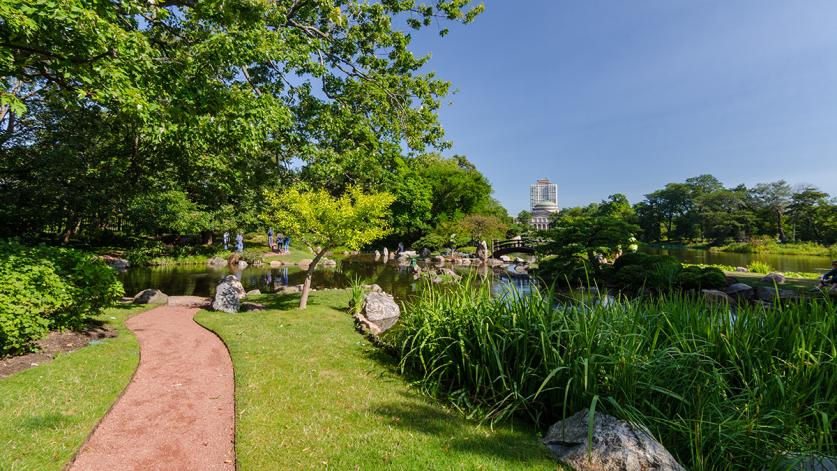
The Obama Foundation and the City seem intent to move ahead with the OPC despite these and other objections to the process. However, skepticism is mounting, including from the Editorial Board of Crain’s Chicago Business, which published the August 3 editorial: “Just why is the Obama Center heading to Jackson Park?” The issues they outline dovetail with those TCLF has raised over the past three years, including transparency about the site selection and the bid package put together by the University of Chicago, which has extensive landholdings that it could develop in close proximity to Jackson Park. They wrote: “The University of Chicago-backed Jackson Park deal may not have been cut in the kind of smoke-filled backroom Chicago is notorious for, but it might as well have been. The public disclosures by the Emanuel administration, the Obama Foundation and the U of C have been about as transparent as cigar smoke. The university refuses to release a copy of the bid that edged out the [three] alternatives to Jackson Park, and Crain’s reported July 20 that city staffers never saw the bid, either.” The editorial also cites available, vacant city-owned land that could be used for the OPC and asks: “Why, in a city that covers 237 square miles, with plenty of vacant land on the South and West sides, does the Obama Center have to be on” public parkland? The editorial also cites available vacant city-owned land that could be used for the OPC and asks: “Why, in a city that covers 237 square miles, with plenty of vacant land on the South and West sides, does the Obama Center have to be on” public parkland?
In an attempt to seek a remedy for the erroneous way in which the standard practices and principles of the federal review process have been implemented, TCLF brought these issues to the Advisory Council on Historic Preservation (ACHP), the independent federal agency whose primary role is to advise on the nation’s historic preservation policy. In a letter dated August 8, 2018, the ACHP was asked to give official guidance on the deficient archaeological report and the felling of trees while federal reviews are ongoing.



